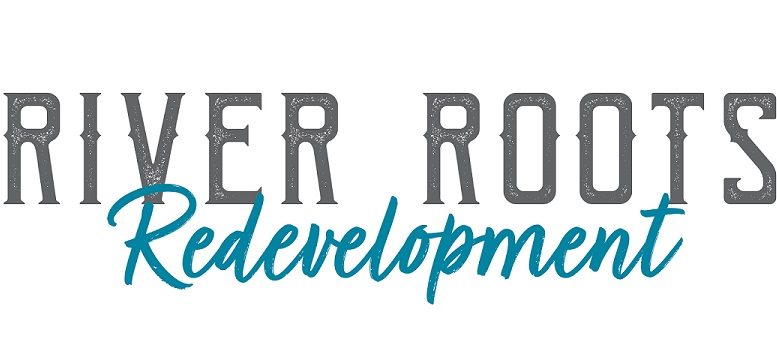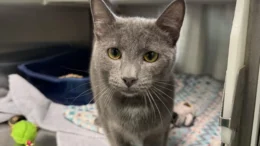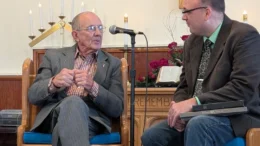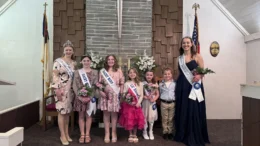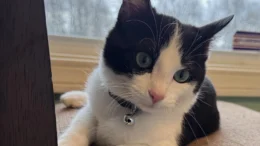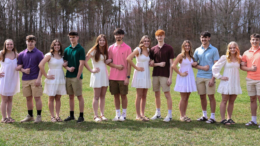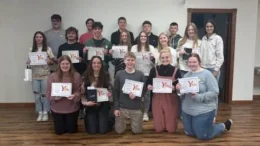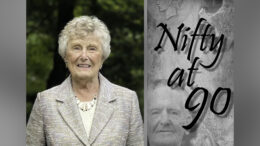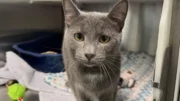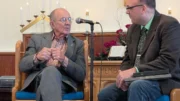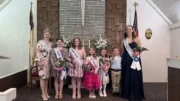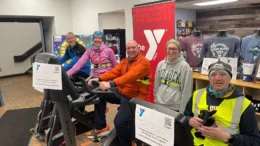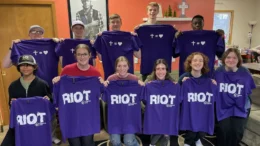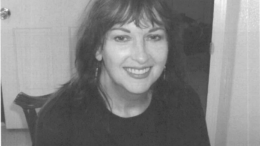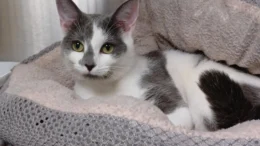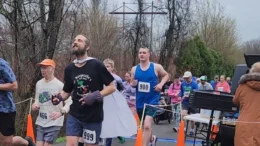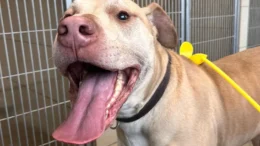By Selina Pedi-Smith
January was all about setting the stage – laying the groundwork for the stories we want to tell, the projects we want to tackle, and the momentum we want to build. But we know very well that seeing progress is just as important as making it. Think about the last time you walked past a vacant building that had been cleaned up, repainted, or even just had new lights installed. You noticed, right? It’s a simple shift, but a powerful one. Seeing change happen – no matter how small – reminds people that progress is possible. It’s why businesses put up “Coming Soon” signs before they ever open their doors. It’s why people post before-and-after photos of renovations. And it’s why, when it comes to community revitalization, visibility isn’t just about marketing – it’s about momentum. Because when we see things moving forward, it shifts the way we think. It helps us believe more is possible. Because the best stories aren’t just told—they’re experienced.
That experience is important, because change doesn’t always (if ever) happen in a straight line. It can be fun and exciting, sure, but it can also be slow, messy, and full of unexpected turns. Take something as simple as a vacant lot being transformed into a community garden. The first step—clearing out the debris—might not seem like much, but it sends a signal: something is happening here. Then come the raised beds, the seedlings, the first glorious vegetables ripening to perfection. And just when it’s all starting to thrive? A wave of hungry caterpillars descends overnight and strips the tomato plants down to stems. But here’s the thing: that setback forces the gardeners to get creative. They research, learn, and create habitat for natural predators like ladybugs and birds. By the end of the season, not only do they have a thriving garden, but they’ve also built a healthier ecosystem that keeps the next crop safe.
Or picture an artist painting a mural in a forgotten alleyway. The first brushstrokes are rough, just an outline against a blank wall. Bit by bit, the design takes shape. The vision is becoming reality. And then, out of nowhere, a downpour soaks the fresh paint, washing hours of work into a swirl of unintended colors. But the artist leans into the chaos, turning disaster into inspiration. They blend the rain-washed colors into the design, turning an accident into something even more beautiful, something that looks alive, organic, like it was always meant to be part of the piece.
That’s why storytelling, especially through video, is so important. In our last article, we introduced Devin Zagar and the upcoming Pellere in Motion series, which is capturing the real, on-the-ground work happening in our communities. We’re deep into storyboarding now, mapping out how to highlight the effort, the setbacks, and the everyday wins that make revitalization happen. Because the most interesting stories come from the moments in between, the unexpected challenges, the perseverance it takes to get from “before” to “after.” These moments – the setbacks, the problem-solving, the “well, that didn’t go as planned” moments – are just as much a part of the story as the finished product. And when we show those moments, it makes the end result that much more meaningful.
Over the next month, we’re diving into the power of visibility – how seeing change inspires more of it, how stories shape perceptions, and why sometimes, the best way to build momentum is simply to show what’s possible. Especially when things don’t go as planned. How do we learn, adapt, and keep moving forward when setbacks hit? Because, let’s be honest—sometimes you don’t get lemonade. Sometimes all you have is a pile of lemons and a vague sense of frustration. But that’s part of the journey too.
—————————
Rachel Brosnahan is the Community Engagement Coordinator for River Roots Redevelopment. She can be reached by email at rachel@

